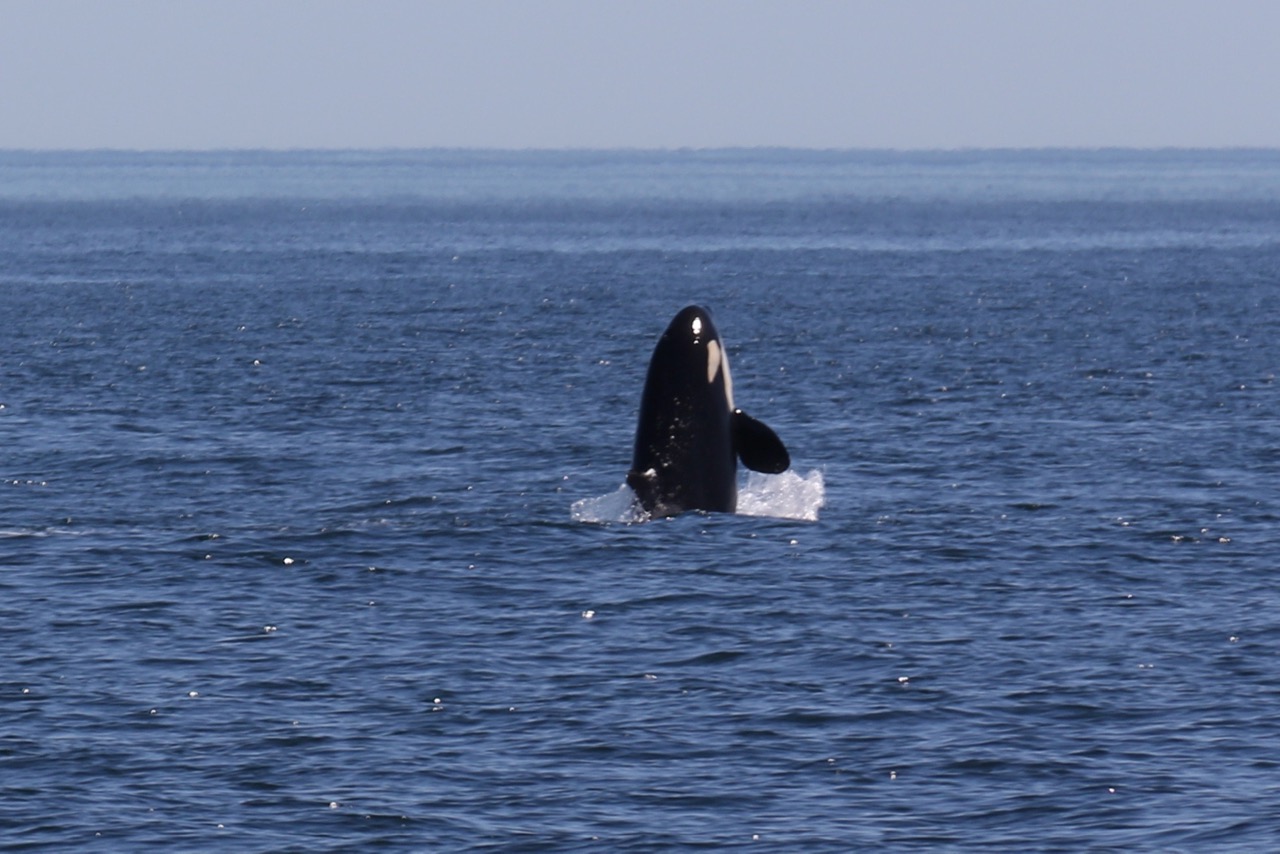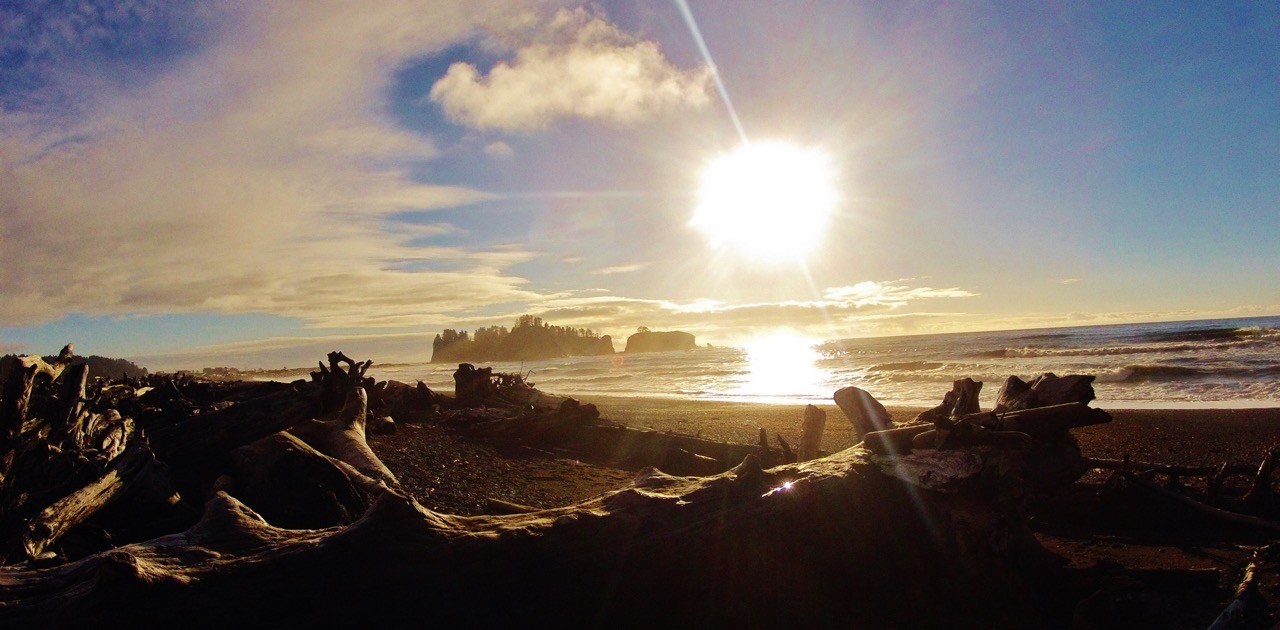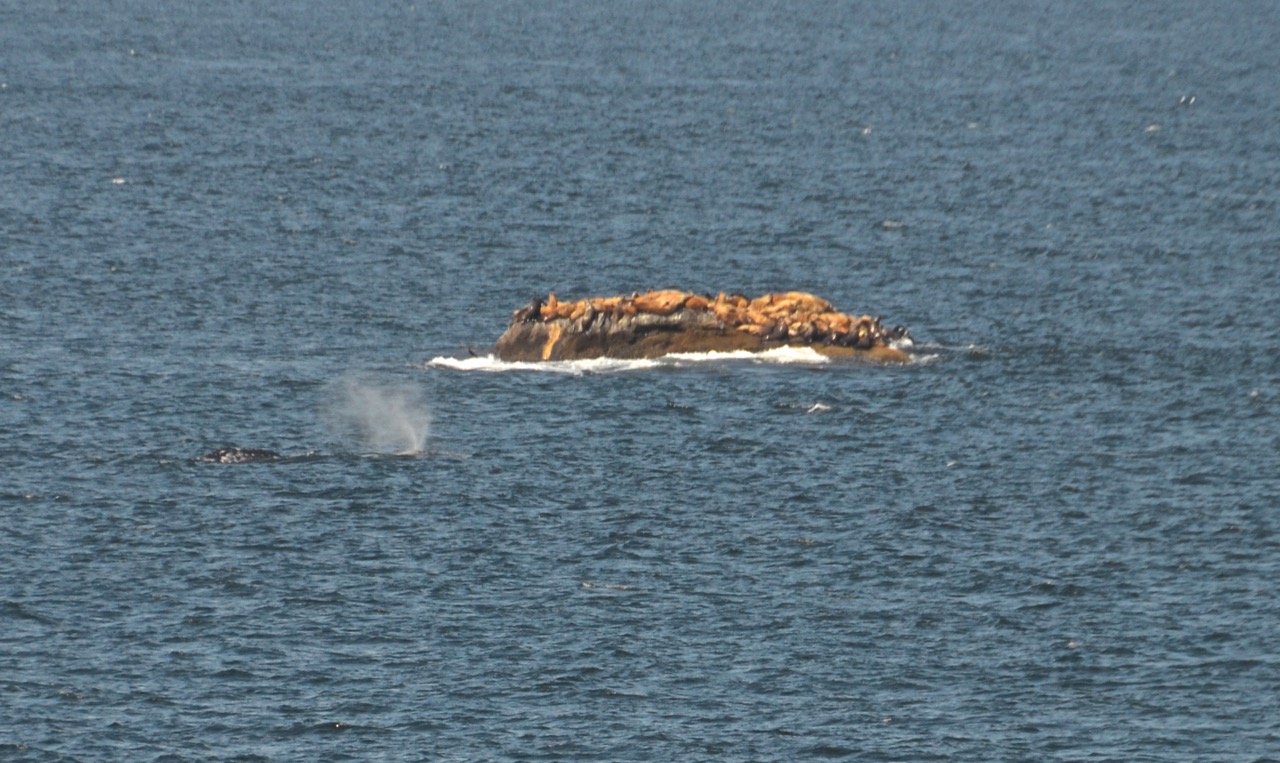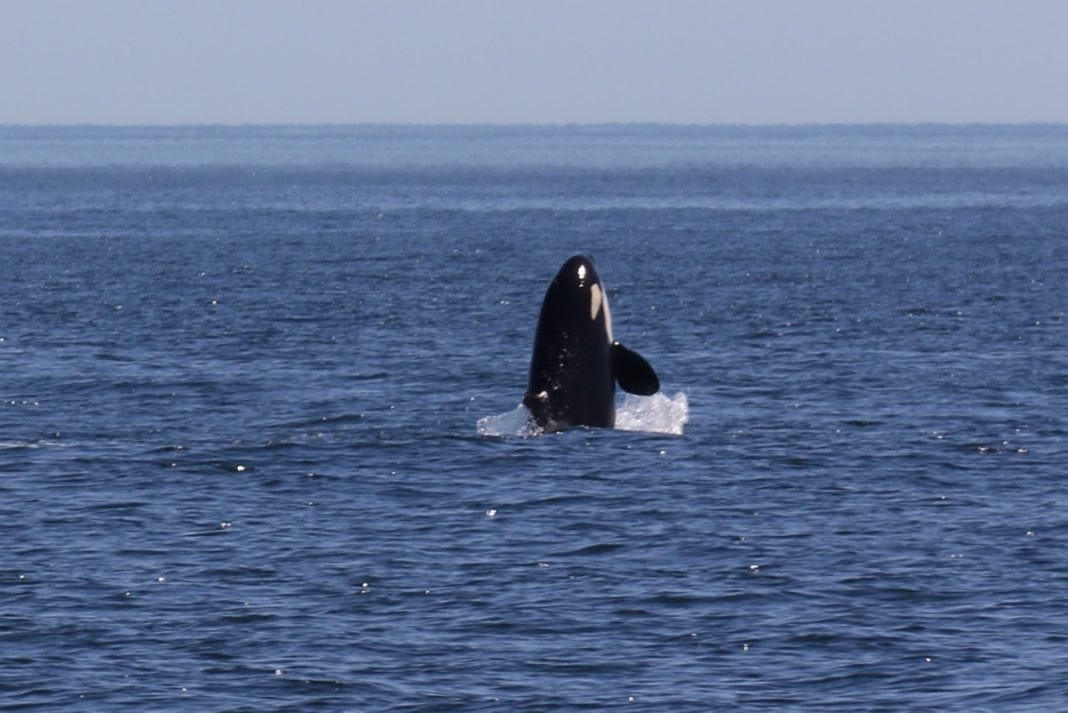In the waters of the Pacific Northwest, from the Puget Sound, through the Strait of Juan de Fuca and along the coast, an incredible opportunity awaits those who are hoping to see whales. Known as The Whale Trail, this multi-state path stretches from Southern California all the way around the Olympic Peninsula and Puget Sound, granting incredible opportunities to see these magnificent sea-dwelling mammals from the shore. For those of us lucky enough to live along the coast, The Whale Trail is right out our back door, providing a unique chance to see orcas, humpback and grey whales each year. Whether you explore the Whale Trail during the great spring migration, head up to Neah Bay in hopes to sport orcas, or just find yourself taking a soul-soothing adventure along the coast, there are amazing destinations to spot whales waiting for you.
 The Whale Trail started when a group of whale enthusiasts, scientists and environmentalists, including founder Donna Sandstrom, met in 2007 when they worked together to return an orphaned orca to a pod in its native waters north of Vancouver Island. It was largely because of this incredible event that Donna left her job in software development and started The Whale Trail in 2008. The Whale Trail is made up of a unique collaboration of government and state agencies, as well as environmental and educational non-profit organizations, which include the Washington Department of Fish and Wildlife (WDFW), NOAA Fisheries and the Olympic Coast National Marine Sanctuary, among others. Over the last 10 years, The Whale Trail has grown, helping to not only increase awareness about marine waters that are home to whales, but also connecting visitors to orcas, other marine wildlife and their habitat through land-based whale watching.
The Whale Trail started when a group of whale enthusiasts, scientists and environmentalists, including founder Donna Sandstrom, met in 2007 when they worked together to return an orphaned orca to a pod in its native waters north of Vancouver Island. It was largely because of this incredible event that Donna left her job in software development and started The Whale Trail in 2008. The Whale Trail is made up of a unique collaboration of government and state agencies, as well as environmental and educational non-profit organizations, which include the Washington Department of Fish and Wildlife (WDFW), NOAA Fisheries and the Olympic Coast National Marine Sanctuary, among others. Over the last 10 years, The Whale Trail has grown, helping to not only increase awareness about marine waters that are home to whales, but also connecting visitors to orcas, other marine wildlife and their habitat through land-based whale watching.

Now you might be wondering how you and your family can enjoy any of the 39 official Whale Trail stops in Washington State. You are in luck, as 8 of them rest along the wild and rugged coast, north of Grays Harbor County. While driving The Whale Trail may seem intimidating and long, it is important to remember just how blessed we are to have this incredible opportunity so close to home. None of the official stops are in the Harbor, but there are three just north of the county boundary along the beaches in the Kalaloch region of Olympic National Park. Before you head out, it is important to check the weather, as the best whale watching conditions may not be what you expect.
Best Days for Spotting Whales
While most may want to go out and look for an orca, grey or humpback during sunny, warm days, the color of the sky reflecting off the water can actually make it harder to see. The best days are the gray days, when the sky and water are dark, but the wind and the tide is calm. When there are clouds in the sky and minimal whitecaps on the water, you can see a spray from whales in the distance much more easily.

Best Spots for Spotting Whales
Stretching from South Beach to Kalaloch Beach and up to Ruby Beach, these three stops give you some of the best options to see whales off in the distance.
Kalaloch, Moclips and Seabrook
Your best bet for the beaches around Kalaloch will be during the months of March, April and May, when roughly 18,000 grey whales make their way past the seas stacks and sandy shores for the spring migration. You can even stay in a cabin or campsite right along the bluff! During this huge migration period, the grey whales swim within a mile of the shore, perfect for spotting them from the bluffs in the area. The whales return, swimming south in September and October, but tend to be seen much farther away from the shore during this time. If the drive to Kalaloch is too far, consider heading to Moclips to Seabrook, where you can stay at a great hotel or house and enjoy the coastal views that can also be found from high on the bluffs.
Forks, LaPush and Realto Beach
Past Kalaloch, the whale viewing gets even better, which seems hard to imagine after the stunning scenes found there. As you drive north on 101, the next official Whale Trail stop is found west of Forks at LaPush and Rialto Beach. LaPush is famous for whale sightings, even having orcas and grey whales swim close to shore during their annual Welcoming the Whales ceremony held around the start of April. Even if the whales are not around, you will still see seals, eagles and a ton of other wildlife in the region. If you are hoping for a place to stay on the coast in LaPush, you can’t go wrong with the Quileute Oceanside Resort. North of LaPush, on the other side of the river, Olympic National Park’s Rialto Beach and all the way up to Cape Alava near Ozette make for two great places to see the spring migration.

Neah Bay, Shi Shi Beach and Cape Flattery
While these are all incredible places to see whales, most who have experiences spotting them on The Whale Trail will tell you that your best whale sightings will more than likely occur near Neah Bay. With both the stunning Shi Shi Beach and breathtaking views from the bluffs of Cape Flattery, your chances of seeing a whale on good weather days is high. The very best chance for spotting a whale will come at Cape Flattery, at the end of the short trail leading to the bluffs. Here, you can see for miles and will often see seals, sea lions, orcas and other whales near Tatoosh Island. There is also an incredible museum in Neah Bay, helping to make the long drive north worth every second.

Douglas Scott is an Olympic National Park and Forest expert, having written numerous guidebooks for outdoor adventures all around the Olympic Peninsula.












































